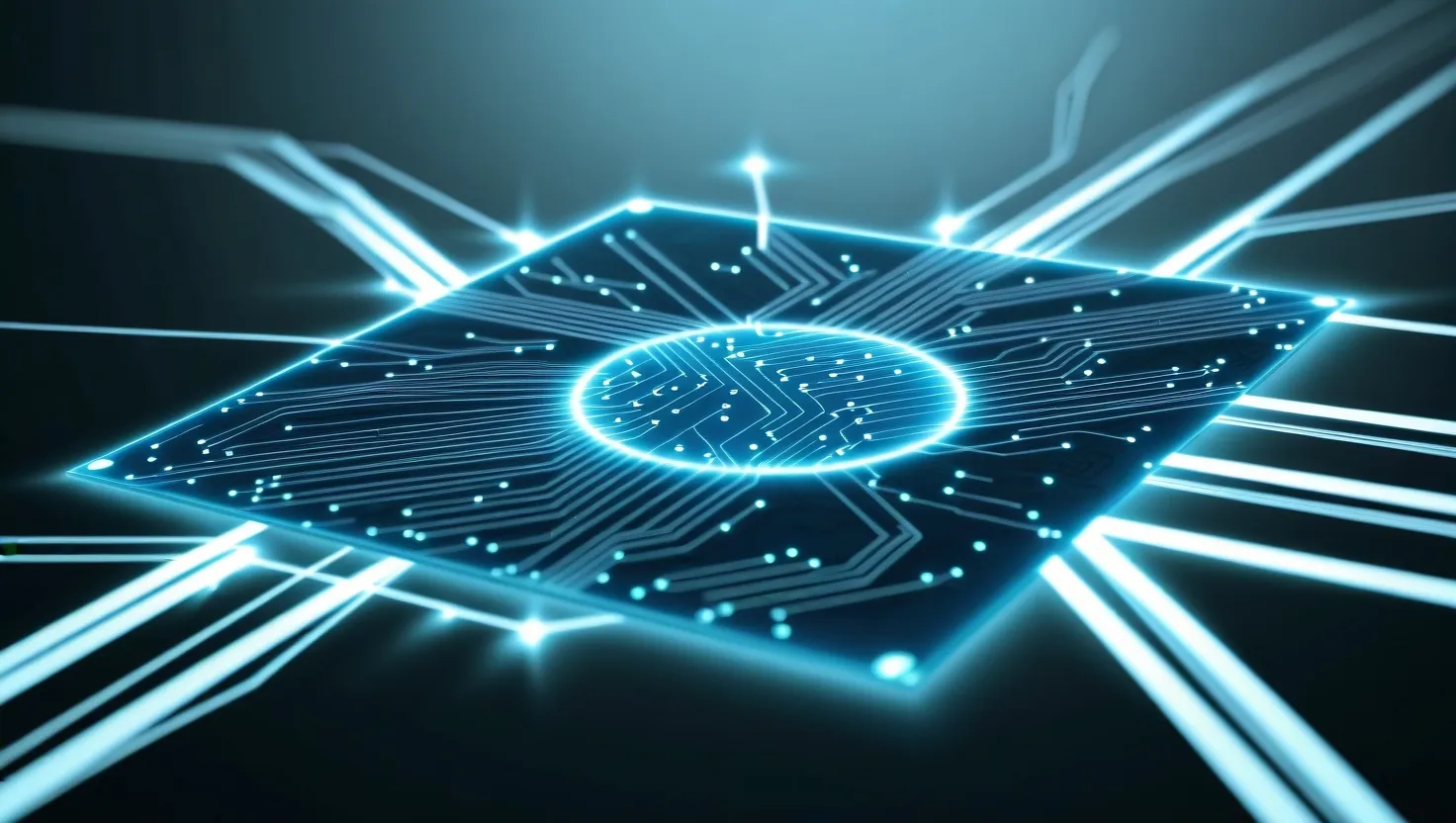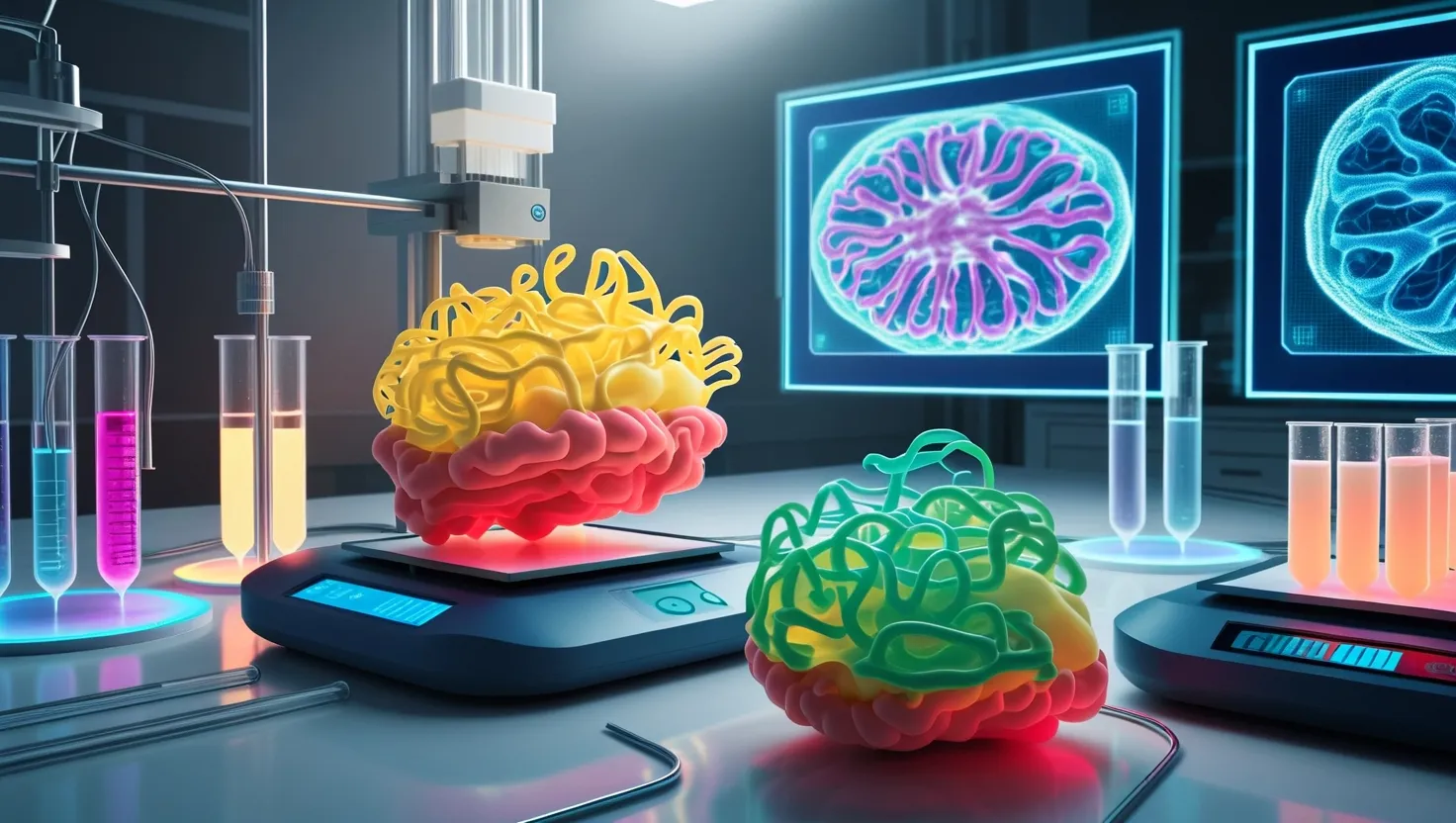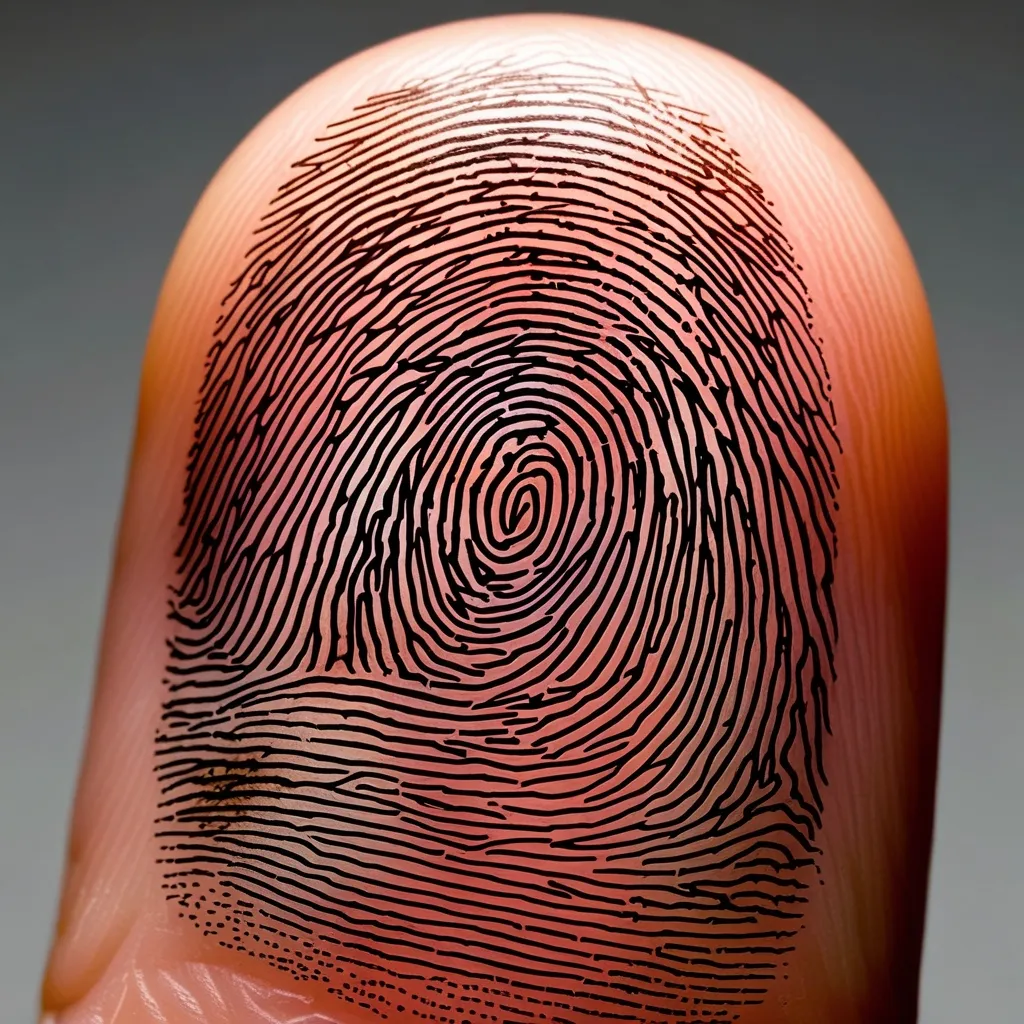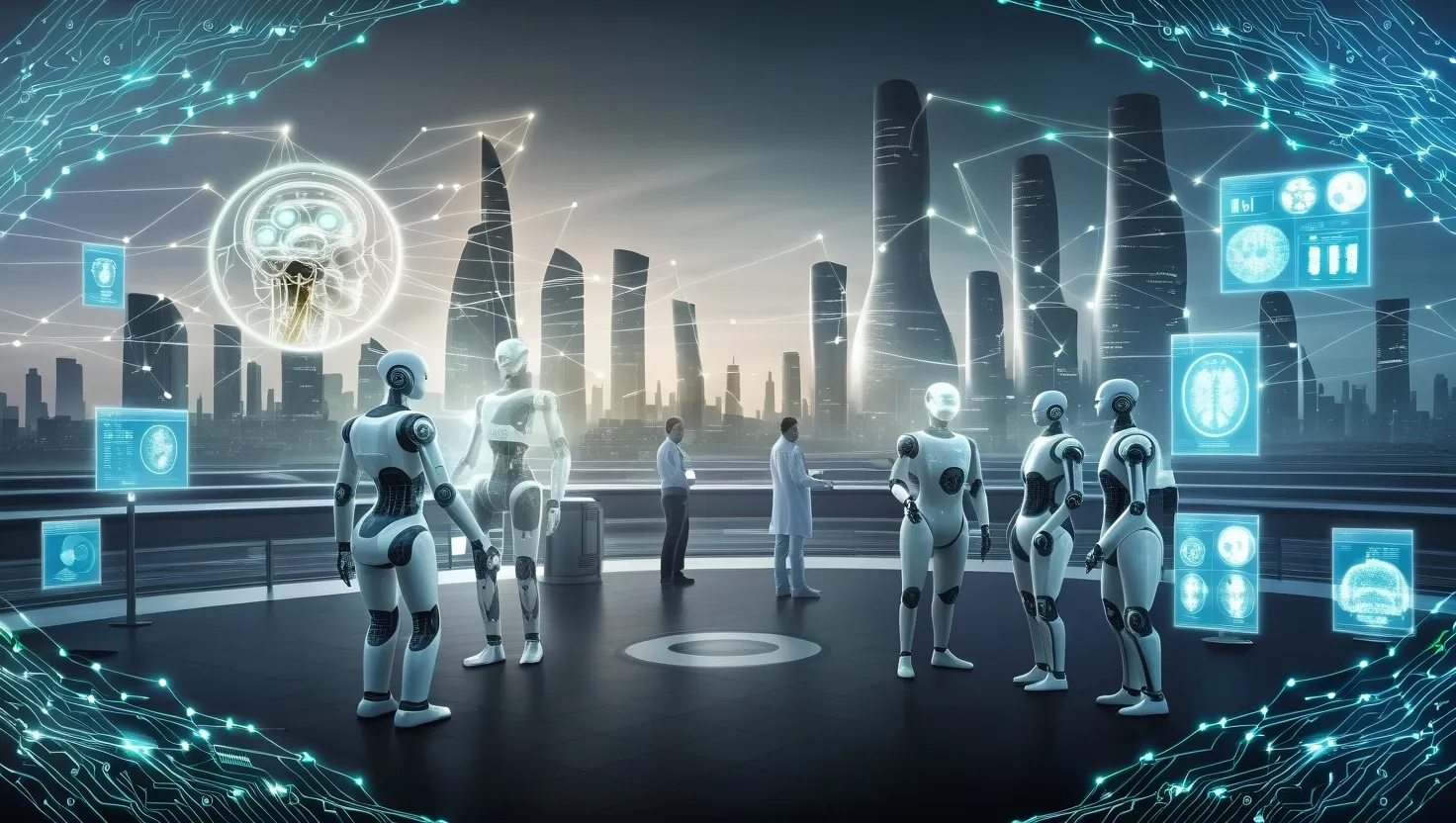Quantum computing has long been hailed as the next frontier in computational power, promising to revolutionize fields from cryptography to drug discovery. However, the path to realizing this potential has been fraught with challenges, chief among them the issue of quantum errors. These errors, caused by the inherently fragile nature of quantum states, have been a significant roadblock in the development of practical quantum computers. But recent years have seen remarkable progress in quantum error correction, bringing us closer than ever to the dream of reliable, large-scale quantum computation.
Let’s dive into five groundbreaking advances that are reshaping the landscape of quantum error correction.
Topological quantum error correction has emerged as a powerful approach to protecting quantum information. This method leverages the principles of topology to create robust quantum states that are inherently resistant to local errors. Imagine a donut-shaped universe where information is encoded not in individual qubits, but in the global properties of the system. This is the essence of topological quantum error correction.
Recent experiments have demonstrated that topological codes can achieve error rates below the critical threshold required for fault-tolerant quantum computation. This breakthrough is akin to breaking the sound barrier in aviation – it opens up new possibilities that were previously thought unattainable. By surpassing these accuracy thresholds, researchers have shown that it’s possible to create quantum systems that become more stable as they grow larger, rather than more error-prone.
“The most exciting phrase to hear in science, the one that heralds new discoveries, is not ‘Eureka!’ but ‘That’s funny…‘” - Isaac Asimov
This quote perfectly captures the spirit of discovery in quantum error correction. Often, it’s the unexpected results that lead to the most significant breakthroughs.
But how does this topological approach translate to real-world quantum computers? The key lies in the creation of logical qubits – virtual qubits composed of many physical qubits arranged in specific patterns. These logical qubits can maintain quantum information for much longer periods than individual physical qubits, paving the way for extended quantum computations.
Moving on to our second revolutionary advance, we find ourselves at the intersection of quantum computing and artificial intelligence. Machine learning algorithms are now being employed to detect and correct quantum errors in real-time. This fusion of quantum and classical computing represents a new paradigm in error correction strategies.
These AI-powered systems can analyze vast amounts of data from quantum circuits, identifying patterns and anomalies that might indicate errors. What’s truly remarkable is their ability to adapt and improve over time, learning from each quantum operation to become more efficient at error detection and correction.
One might wonder, “Can AI truly understand the quantum realm?” The answer lies not in understanding, but in pattern recognition and prediction – tasks at which machine learning excels.
Google’s recent announcement of AlphaQubit, an AI-based decoder for quantum error correction, marks a significant milestone in this field. AlphaQubit has demonstrated state-of-the-art accuracy in identifying quantum errors, showcasing the potential of AI in enhancing quantum computer reliability.
Our third breakthrough brings us to the realm of hardware-efficient quantum error correction codes. As we strive to build larger and more powerful quantum computers, the physical constraints of quantum hardware become increasingly important. These new codes aim to maximize error correction capabilities while minimizing the number of physical qubits required.
One promising approach is the development of low-density parity check (LDPC) codes for quantum systems. These codes, originally developed for classical communication, have been adapted for quantum error correction with remarkable success. They offer a balance between error-correcting power and hardware efficiency, making them ideal candidates for scaling up quantum computers.
“The important thing is not to stop questioning. Curiosity has its own reason for existing.” - Albert Einstein
Einstein’s words remind us of the importance of continual inquiry in scientific progress. In the field of quantum error correction, this curiosity drives researchers to explore ever more efficient and effective coding strategies.
But hardware efficiency isn’t just about reducing qubit count. It’s also about designing quantum gates and operations that are inherently less prone to errors. This holistic approach to error correction, combining efficient codes with robust hardware, is key to building practical quantum computers.
Our fourth advance takes us into the world of stabilizer codes, a class of quantum error-correcting codes that have become fundamental to many quantum computing architectures. These codes work by encoding quantum information in a way that allows errors to be detected without disturbing the quantum state itself.
The power of stabilizer codes lies in their ability to correct both bit-flip and phase-flip errors, the two primary types of errors in quantum systems. Recent research has pushed the boundaries of what’s possible with stabilizer codes, demonstrating their effectiveness in protecting quantum information over extended periods.
One particularly exciting development is the creation of 3D stabilizer codes. These codes leverage the additional dimension to provide enhanced protection against errors, potentially offering a path to fault-tolerant quantum computation with lower overhead than their 2D counterparts.
Have you ever wondered how quantum information can be protected without being observed, given that observation typically disturbs quantum states? The answer lies in the clever design of stabilizer codes, which allow us to infer the presence of errors without directly measuring the protected quantum information.
Finally, we come to perhaps the most crucial advance in making quantum computers practical: real-time error detection and correction systems. These systems represent the culmination of all the previous advances, bringing together hardware improvements, efficient codes, and fast decoding algorithms to create quantum computers that can operate reliably for extended periods.
Real-time error correction involves continuously monitoring the quantum system for signs of errors and applying corrections on the fly. This is a formidable challenge, requiring ultra-fast classical processing to keep up with the quantum operations.
Recent experiments have demonstrated real-time error correction in small quantum systems, maintaining the quantum state for significantly longer than would be possible without correction. While these systems are still limited in scale, they provide a proof of concept for larger, more complex quantum computers.
“The only way to discover the limits of the possible is to go beyond them into the impossible.” - Arthur C. Clarke
Clarke’s words encapsulate the spirit of innovation driving quantum error correction research. By pushing the boundaries of what’s possible, researchers are continually expanding the horizons of quantum computing.
As we look to the future, the integration of these five advances promises to bring us ever closer to the reality of practical, large-scale quantum computers. Topological codes provide a robust foundation for quantum information storage. Machine learning algorithms offer adaptive, intelligent error detection. Hardware-efficient codes make the most of our quantum resources. Stabilizer codes protect against a wide range of quantum errors. And real-time correction systems tie it all together, creating quantum computers that can maintain their quantum states for unprecedented durations.
But challenges remain. How do we scale these systems to the millions of qubits needed for truly transformative quantum computations? Can we further reduce the overhead required for error correction? And how do we balance the need for error correction with the desire to perform useful quantum operations?
These questions drive the field forward, inspiring new research and innovations. As we continue to make progress in quantum error correction, we edge closer to a future where quantum computers can tackle problems far beyond the reach of classical systems, from simulating complex chemical reactions to optimizing global logistics networks.
The journey to reliable quantum computing is far from over, but these five revolutionary advances in error correction have brought us closer than ever to realizing the full potential of quantum technology. As we stand on the brink of this new computational era, one thing is clear: the quantum future is not just coming – it’s already here, taking shape in laboratories and research centers around the world.






